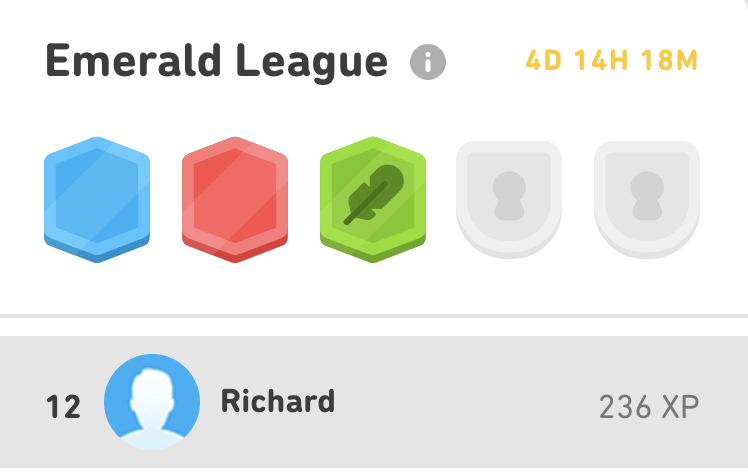Blogging And Digital Minimalism
Blogging and Digital Minimalism are related. Blogging is about finding a topic and focusing on it for an extended period of time. Social media has shifted from being a conversation between individuals to one where personalities broadcast, and their audience is ignored.
When I saw an article, read a book, or had a thought I would tweet or write one or two sentences and post it to Facebook or Google Plus. When social media was about private conversations between individuals, and when no one was making profits of billions from our habits it made sense. Today using social media is about wasting our time, while others benefit, without benefiting ourselves.
I started to read Digital Minimalism. He and others argue that our digital habits are about addiction rather than about feeling that we are connected with others. In the age of the car and the commuter, it makes sense for us to use digital devices to connect with others. Neither Facebook and Instagram nor Twitter have this at their core anymore.
Social media was a distraction from working on projects because it was a means by which to connect with others. Now that this is no longer the case we can revert to blogging and other projects.
Recently someone joked that no one reads blogs anymore. The value of a blog post is not derived from whether someone reads it, likes it or shares it. The value of the blog post is in taking half an hour to two hours to focus on a specific topic. It is an investment.
Returns on Investment
Focus: By writing a blog post you go from skimming through dozens of tweets a minute to thinking about a single topic for minutes or even hours. You go from skimming to thinking. Some journaling apps ask if you want to count the time you spend writing, as mindfulness minutes, I.E. meditation.
Writing: Writing for half an hour to two hours every day trains you to come to a blank page and fill it. You need to be creative or inspired. Shifting from copying a link, writing a sentence or two for Facebook or Twitter, and then sharing it is easy. You can repeat it countless times an hour. Writing a blog post, especially three hundred or more words is a challenge. That’s why it has value. Blogging is a skill. Through daily practice, you improve both your confidence and your ability to generate written content.
Editing: The more I write, the more time I have to think about form and style. When I run out of inspiration I go back over the previous paragraph and I re-work sentences and phrases, tightening them up and making them clearer. As writing becomes easier, so more time and attention is devoted to quality control. The result is a higher quality of content.
Ambition: Spending time on social media is passive. You read and comment on the work of others in short bursts. Blogging requires people to have the focus and self-confidence to write, edit, and then share long-form content. On numerous occasions, I have written blog posts and never shared them. This is either because I ran out of inspiration halfway through or because it was not positive enough.
Consistency: Nanowrimo and other projects teach you to be consistent for a week, a month or an extended period of time. Blogging fulfills the same role. It’s about having the discipline to sit and focus on a regular basis and write. It’s about training yourself to think about what you’re going to write tomorrow and the day after tomorrow. It’s about developing the habit of inspiration.
The Journey
Blogging, for me, is a way of reaching the goal of Digital Minimalism. By writing a blog post and focusing for an hour or two, I produce a tangible product. By taking a picture during a hike, bike ride or other activity and writing a blog post I am investing my time. If I had allocated the same amount of time to social media I would have nothing to show for it.
Having said this Digital Minimalism is a concept I am not familiar with so expect a different perspective shortly.


